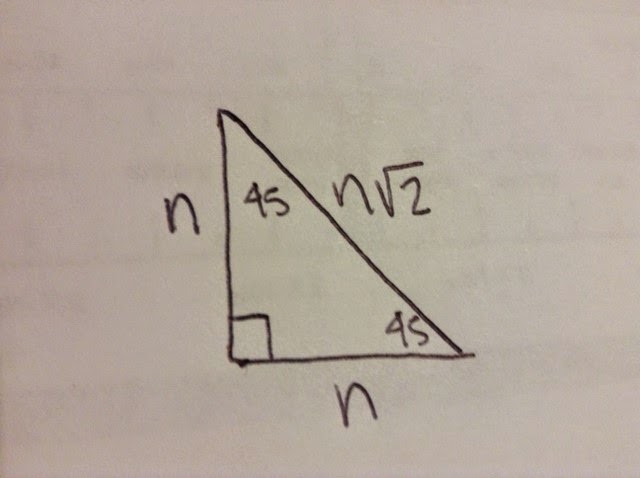First of all, the way this works is that we don't have any numbers so we have to come up with the formula replacing the numbers for letters. x will represent the values on the x axis. h will represent the change in x.
First we get a point on the graph. that will be our starting point. That point will be (x, f(x)) it's this because the graph starts at a certain x point and the y point is related to the x point chosen therefore y is related to the function of x. now we have to find the second point. in the moment you move from x to the right, its not x anymore. It's x plus the change on x. therefore it'd be x+h, while the height would still be in relation to the its x value which in this case it's x+h that leaving us with the point (x+h, f(x+h)).
Now we have to find the slope between these two points. The formula to find the slope will still be the same m=(y2-y1)/(x2-x1). when we plug in the values the formula would be
[f(x+h) - f(x)]/[(x+h)-(x)] the top will stay the same while the in the bottom the x's will cancel leaving just h at the bottom. leaving us with the difference quotient formula.

works cited
http://images.tutorvista.com/cms/images/39/difference-quotient-formula.png
http://cis.stvincent.edu/carlsond/ma109/DifferenceQuotient_images/IMG0470.JPG
.JPG)
.JPG)
.JPG)



